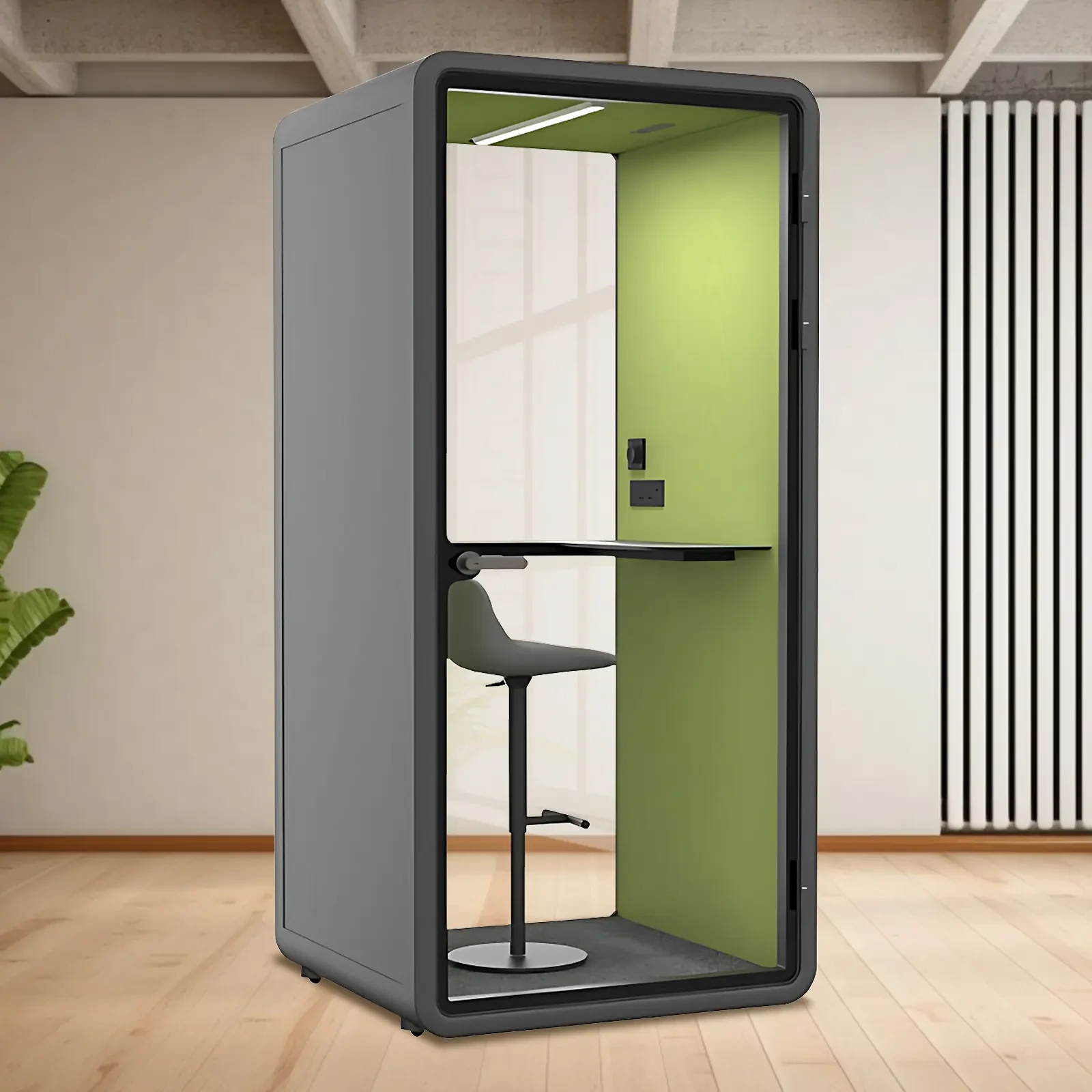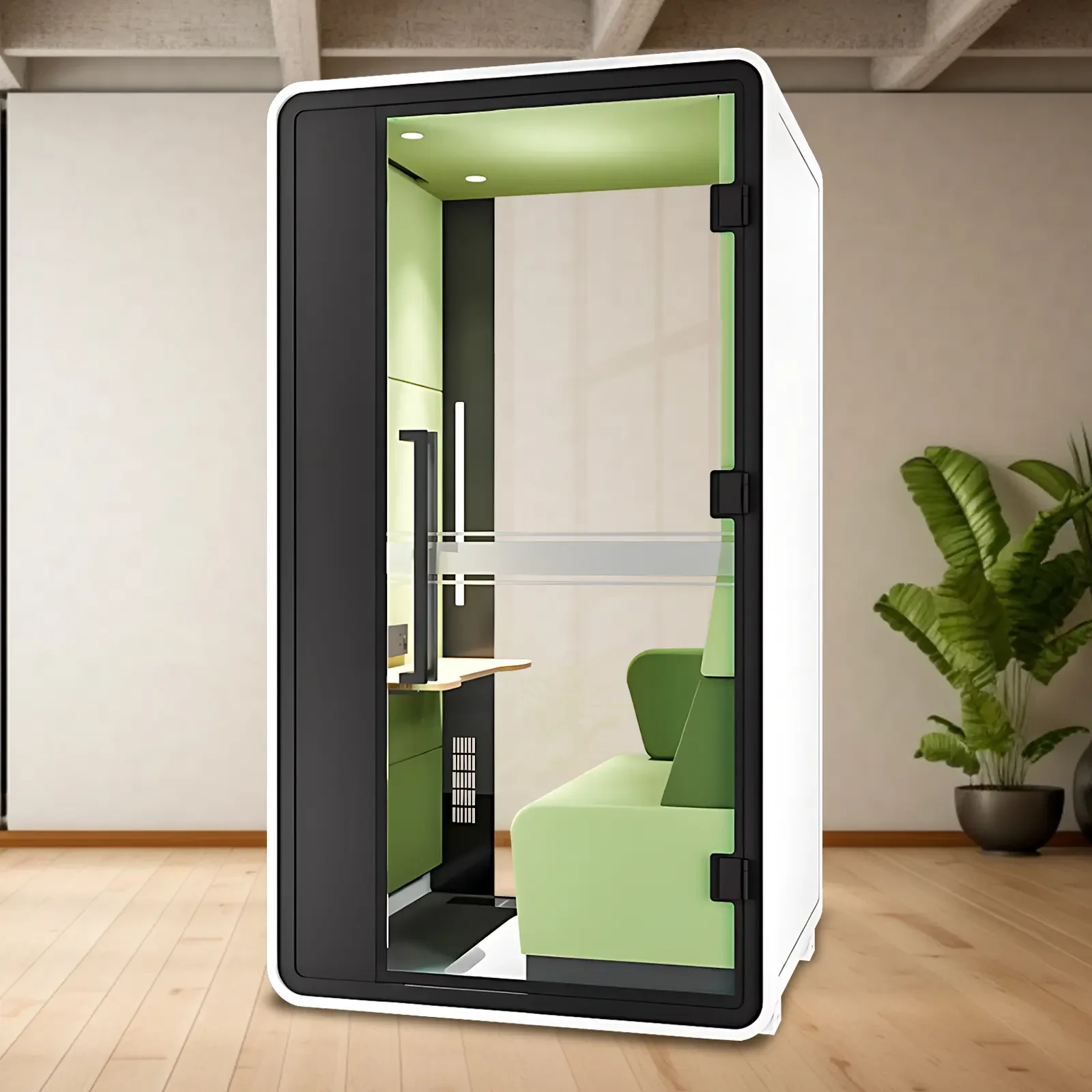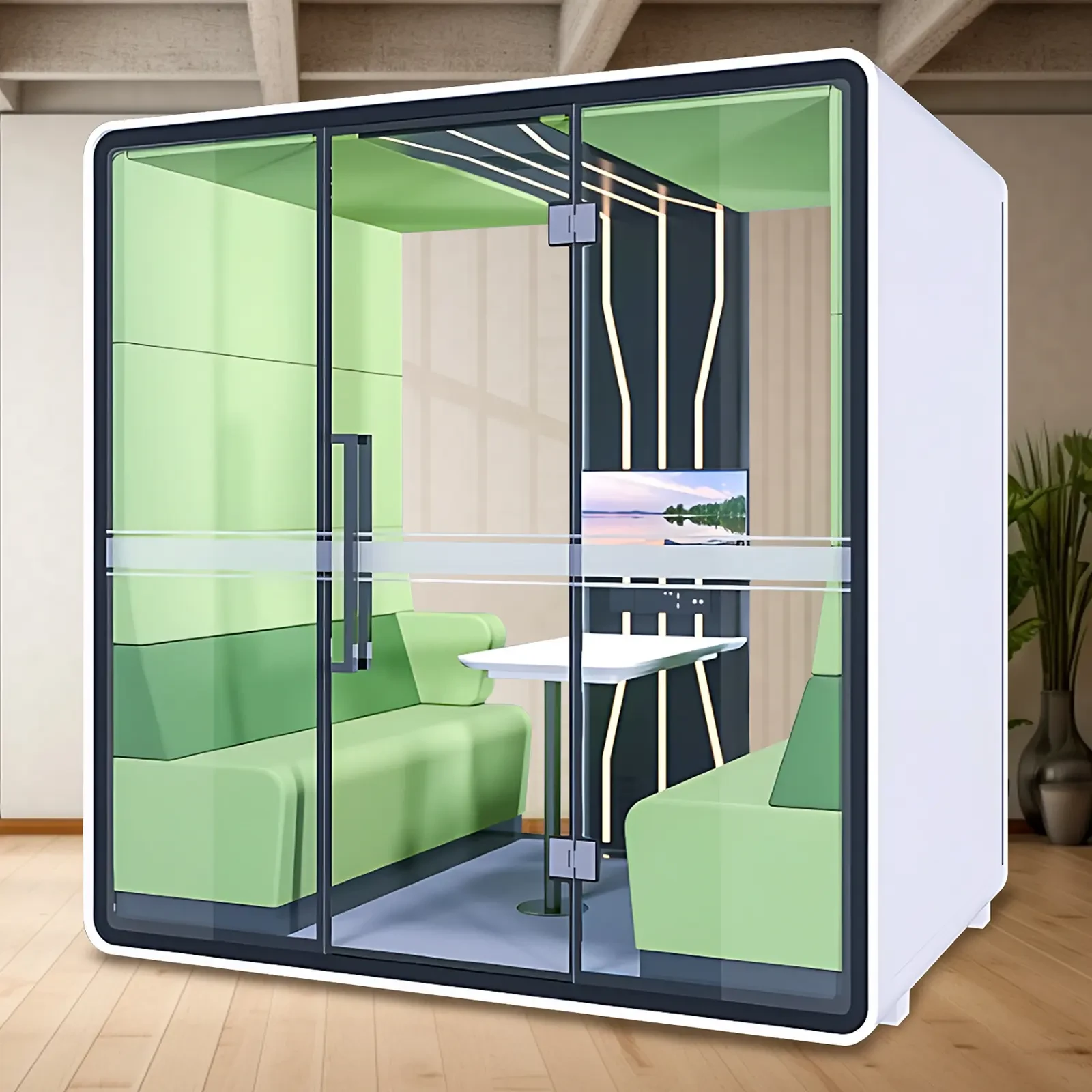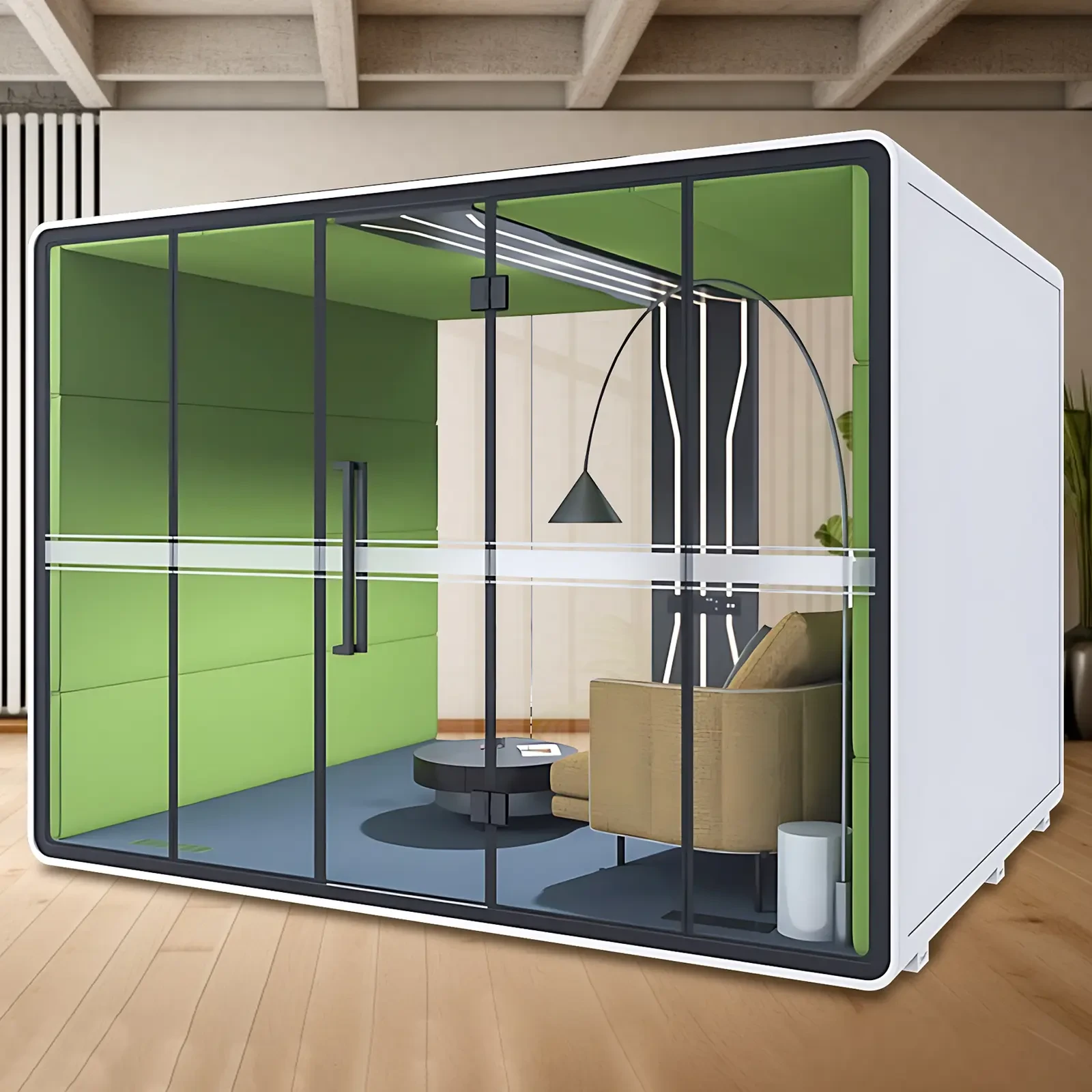Today's professional landscape is dynamic and evolving, where work flexibility, productivity, and employee wellness are inextricably connected, yet we are likely still negotiating how these tenuous threads will form the next reality of the average office size. Organisations are re-evaluating not just what it means to have an office, but also the very nature of the office itself in this 'new normal' and 'next normal' we seem caught between. One of the most critical aspects of workplace design—and one of the biggest challenges in trying to create a good workplace experience for employees—is determining the average office size.
Defining the Dimensions That Make an Office Efficient
An average office size is described not just in terms of square footage but in its capacity to fulfil various functions and accommodate different workflows and kinds of interactions. The open-plan office, for example, may reduce per-person space requirements, but it must still offer sufficient breathing space and a sufficient sense of personal area to avoid noise pollution and constant distractions.
A common industry standard for workstations is somewhere between 100 and 200 square feet per employee, adding to that room for gatherings, for sufficient lighting and air circulation, for storage, for room to get from place to place without bumping into someone, and for the near-silence that allows concentration to take root.
Design Considerations That Optimise Office Area
The effective use of the average office size depends on intelligent spatial planning that respects architectural constraints and, at the same time, prioritises ergonomic and psychological comfort.
It’s everything from where you place a window to how you set up a desk, and even the acoustics of a given area, that makes one square foot of office space work harder, and smarter, than the next.
When it comes to transition zones between departments, access to facilities, or even a space that could serve as a flexible area for team discussions or individual focus sessions, good design elevates the overall functionality of the office.
It’s not just about maximising floor space; it’s about optimising every nook and cranny to reflect what the organisation stands for, and enhancing the everyday experience of employees.
Evolution of Office Sizes in Contemporary Workspaces
As businesses expand and technology changes working habits, the average office size can no longer be defined solely by headcount. Today’s modern office is better described as a blended space that serves a hybrid workforce of in-office, remote, and virtual employees who often work in concert with one another.
This environment is characterised by fewer individual desks; more multi-purpose zones, phone booths, and collaborative spaces that accommodate the multitude of office users who now share the space; and a dynamic shift toward a quieter, more comfortable, and (with any luck) a more inherently sustainable environment.
This shift away from static spatial ratios that defined yesterday’s office means even smaller offices can feel expansive if they are designed intelligently with the user in mind.
Environmental and Psychological Influence of Office Size
The average office size profoundly influences mental health, stress levels, and overall job satisfaction. An office can be too big or too small, and research suggests that working in a spacious environment can be as detrimental to one's mental state as working in a cramped one. Does this mean the office should be a certain size to be effective? Not necessarily. Whether in a small or large space, the key to mental health at work is human-centric design that fosters a sense of belonging and ease.
The Modern Soundproof Booth Includes Black Transparent Glass Design is designed with a black frame and maintains an opulent appearance with its three transparent glass sides. This modern soundproof booth allows for an impressive amount of user creativity and professionalism while using the space since it doesn't close the user off from the rest of the environment. One to two users can occupy the booth, which isolates noise well enough that, in theory, you could be in the space in a focused work mode and still not have to worry about AirPods or some other type of noise-cancelling device. Along with all this, if you were in Space, you could enjoy sustenance without worrying about odour and/or sound travelling to the people in your vicinity.
Conclusion
To sum up, even though the average office size is frequently quantified, its real worth occurs when it boosts daily tasks—when it allows people to operate better, not just differently. And when we say "allows," we mean that the workspace should create the conditions for employee engagement to occur, both in individual tasks and when working in teams, in any kind of assembly (big or small) that's necessary for the organisation to function.
If your organisation is trying to make office spaces that match the contemporary designs of modern workplaces, X-comfot creates solutions especially for you. These solutions address three fundamental aspects of almost every office-level space edit that directly deal with noise, how people move through a space, and how people sit and stand in that space, so that your average office size can be productive without being, you know, hard to exist in for eight hours a day.

 USD
USD
 GBP
GBP
 EUR
EUR






